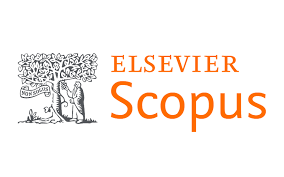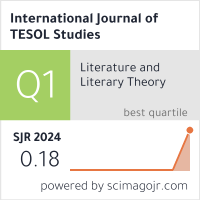2632-6779 (Print)
2633-6898 (Online)


Scopus
Ulrich’s Periodicals Directory (ProQuest)
MLA International Bibliography
MLA Directory of Periodicals
Directory of Open Access Journals (DOAJ)
QOAM (Quality Open Access Market)
British National Bibliography
WAC Clearinghouse Journal Listings
EBSCO Education
ICI Journals Master List
ERIH PLUS
CNKI Scholar
Gale-Cengage
WorldCat
Crossref
Baidu Scholar
British Library
J-Gate
ROAD
BASE
Publons
Google Scholar
Semantic Scholar
ORE Directory
TIRF
China National Center for Philosophy and Social Sciences Documentation
Hanzhong Sun
University of Cincinnati, USA
Shaohua Fang
Purdue University, USA
Hye Pae
University of Cincinnati, USA
Abstract
The appropriate use of synonyms enhances clarity and precision in writing and communication. This study investigates Chinese English-as-foreign-language (EFL) learners’ use of synonyms and factors influencing it, using an explanatory sequential mixed methods approach. Specifically, the study examines the extent to which Chinese EFL learners utilize syntactic and semantic information to distinguish between synonymous pairs, such as suggest and advise, and whether their L2 proficiency modulates their abilities to utilize these two cues. The study also explores factors influencing their use of synonyms through follow-up interviews. Two groups of EFL learners (n = 53) with differing L2 proficiency levels completed a forced-choice test, which also required brief written explanations for their lexical choices. The test included both syntactic and semantic items, with either syntactic or semantic cues available to aid them in making lexical choices. Results revealed that neither syntactic nor semantic knowledge was adequately mastered by learners. In within-subject comparisons, while low-proficiency learners performed comparably on both item types, the high-proficiency group performed better on semantic items than syntactic ones. In between-subject comparisons, the highproficiency group outperformed their lower-proficiency peers on semantic items, but not on syntactic ones. Interview data revealed influencing factors associated with item-specific, learner-centered, and learning-related properties. Pedagogical implications are discussed.
Keywords
Synonym, syntactic, semantic, Chinese EFL learners, proficiency level